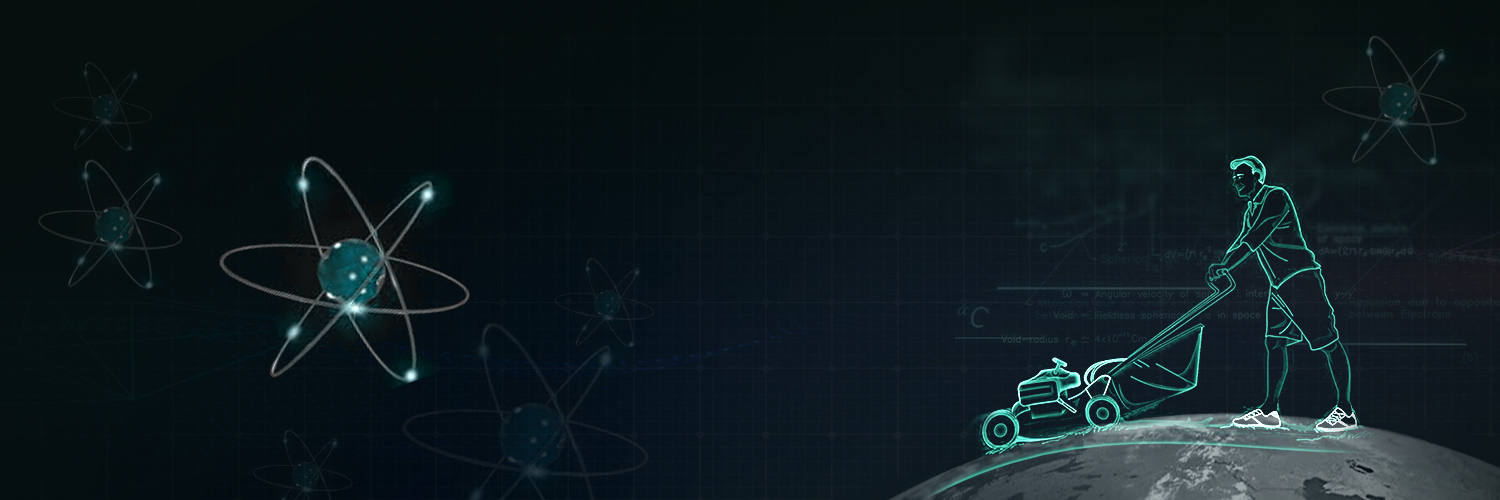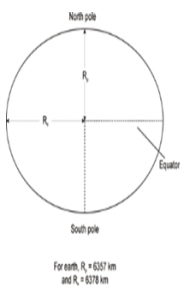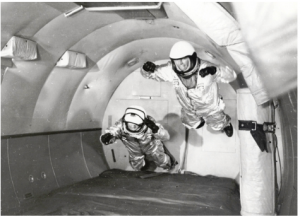

Differences between Mass and Weight:
Mass |
Weight |
|
Mass can never be zero. |
Weight can be zero. As in space if no gravity acts upon an object, its weight becomes zero. |
|
Mass is a scalar quantity. It has magnitude. |
Weight is a vector quantity. It has magnitude and is directed toward the center of the Earth or other gravity well. |
|
Mass is commonly measured in kilograms and grams. |
Weight is commonly measured in Newtons. |
|
Mass doesn’t change according to location. |
Weight varies according to location. |
|
Mass may be measured using an ordinary balance. |
Weight is measured using a spring balance. |
Weightlessness:
Case 1:
Case 2:
